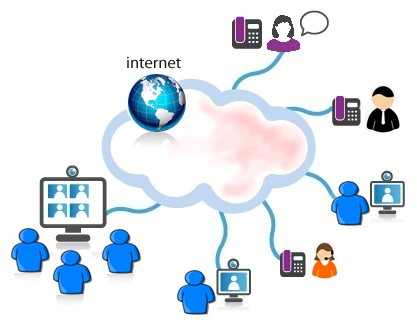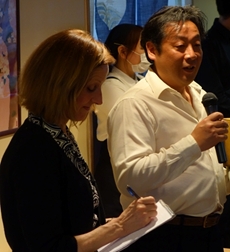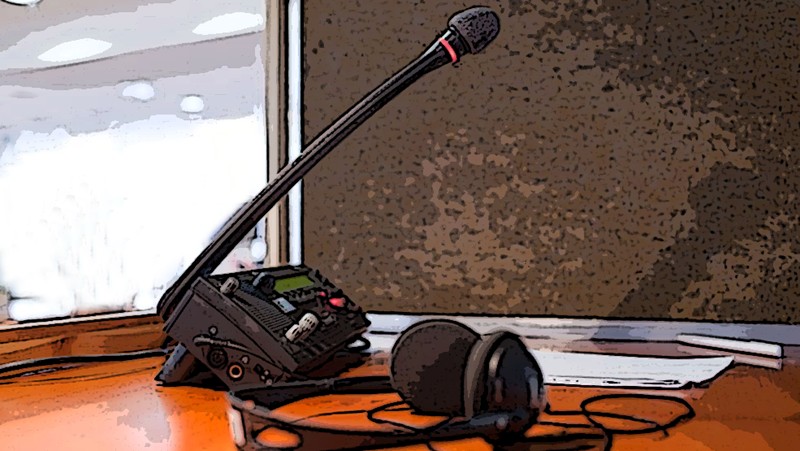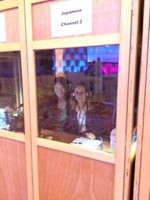- +81(0) 3-5783-1213
- 1-647-232-8778
When going to Japan it can be advantageous to bring an interpreter you have already worked with.
It can also be helpful to use a local interpreter.
We are renowned for our in-depth familiarity with the nuances of
business and industry protocol of both cultures.
Qualified interpreters not only render the words of one language into another, but also illuminate the
feelings behind those words. We guarantee our accuracy and reliability.
We offer free estimates and provide the most cost-effective solutions for all your needs.
There are three main types of interpretation: conference calling, consecutive interpreting, and simultaneous interpretation.
With or without video, over-the-phone or VOIP interpreting is used in situations that are not conducive to meeting face-to-face. Whether time, distance or cost prohibit the use of a live interpreter, conference call interpreting provides a convenient, fast way to make yourself understood.

For emergency situations, tight deadlines, remote locations, or if an on-site interpreter simply isn’t available, over-the-phone interpreting can be a life saver. As well, over-the-phone interpretation doesn’t require specialized equipment. It can be performed with the tools you already have: a speakerphone, a conference call, or even by passing a single handset back and forth.
While face-to-face interpreting is ideal—visual cues and non-verbal communication factors into most interactions—you may not have a Japanese or English interpreter in your area, or an emergency might necessitate an immediate response. For these and similar scenarios, conference call interpreting is an excellent solution.
With on-site interpretation, interpreter goes to the client’s location and sits with the group during the call to the partner company.
Off-site interpretation means that no matter where the client is located, the interpreter can be added to their call. As many as six people from anywhere in the world—whether at their workplace, in an airport, hotel, or elsewhere—can access the call through their smart phones. All parties call a local number or a 1-800 number, after which an automated voice attendant connects everyone to the conference call. (In the U.S., companies often use “Global Meet” for this purpose.) During the call, all six people can be heard. On the client side, there is usually a moderator so that people speak one at a time. Such calls are generally held in the morning or the evening to accommodate different time zones.
Most often used for business meetings, presentations by individuals, events, conferences, seminars, symposiums, site visits, plant visits, and technical presentations. 
With booths or smaller portable systems for fewer people, simultaneous interpretation is often used for board meetings, technical discussions, conferences, conventions, courtrooms, and seminars.

 Simultaneous interpretation was first used at the Nuremberg Trials following World War II. Soon after, the United Nations introduced simultaneous interpretation as a preferred method for their meetings because it saved time and improved the quality of the output.
Simultaneous interpretation was first used at the Nuremberg Trials following World War II. Soon after, the United Nations introduced simultaneous interpretation as a preferred method for their meetings because it saved time and improved the quality of the output.
With simultaneous interpreting the interpreter speaks at the same speed as the speaker. The interpreter talks into a wireless transmitter microphone and the audience listens on wireless receivers with earpieces. The speaking of both the interpreter and speaker is in real time.
In a standard configuration there are two interpreters who partner. Every 15-20 minutes the interpreters switch off, allowing for a high level of accuracy.
In simultaneous interpreting, the interpreters generally utilize a table-top booth in order to isolate their voices from audience members who don’t require an interpreter. Depending on the venue, the interpreters may require a headset which allows them to clearly hear the speaker’s words. This will augment the accuracy of the simultaneous interpreting.